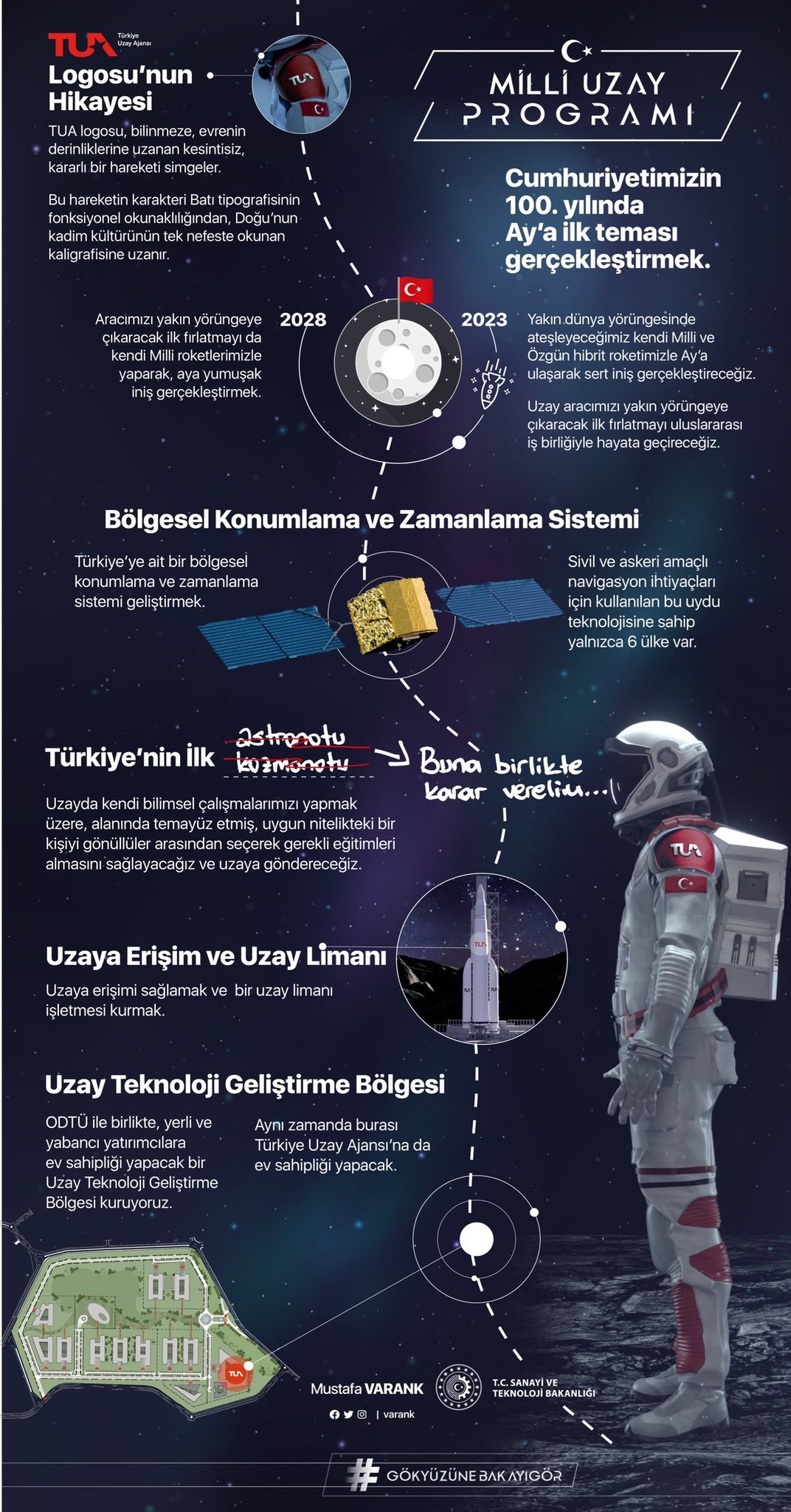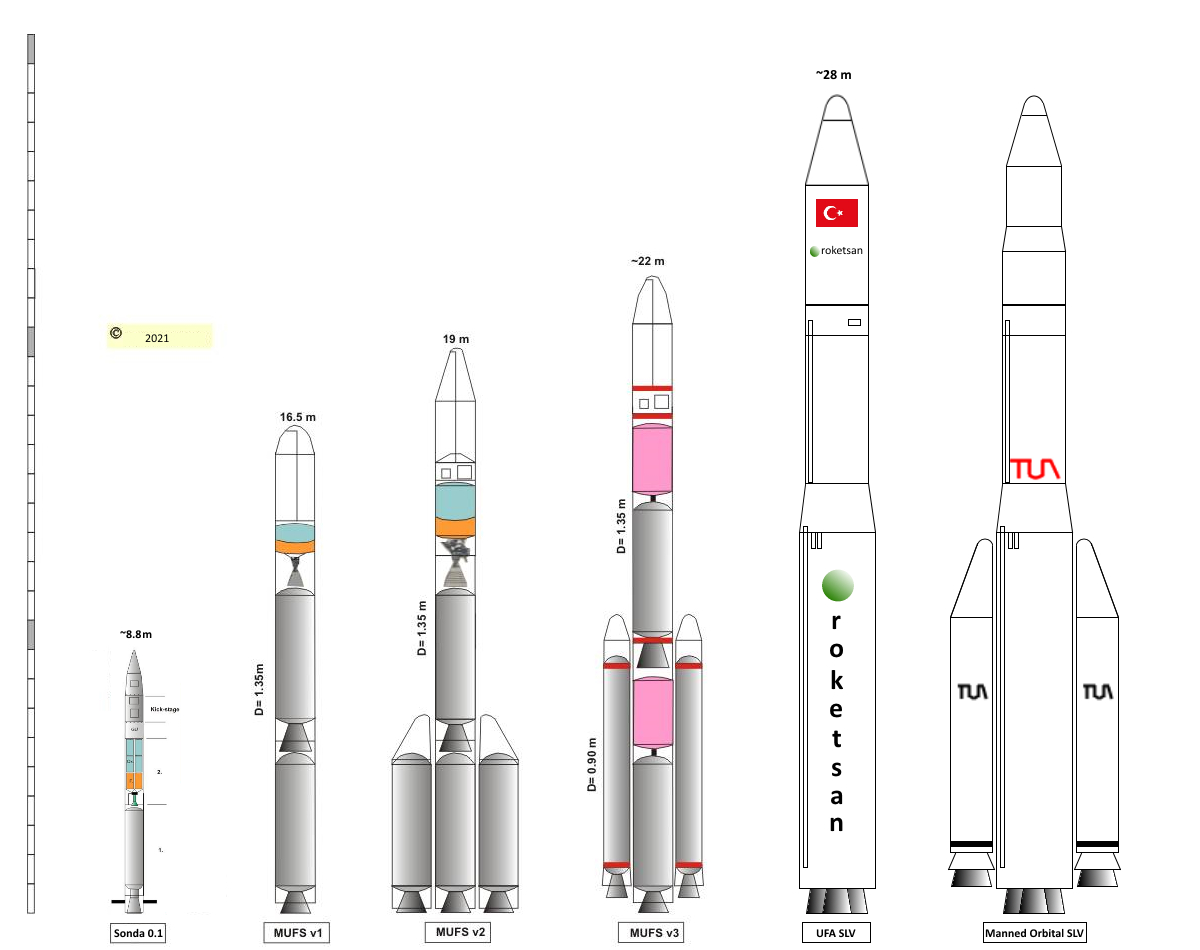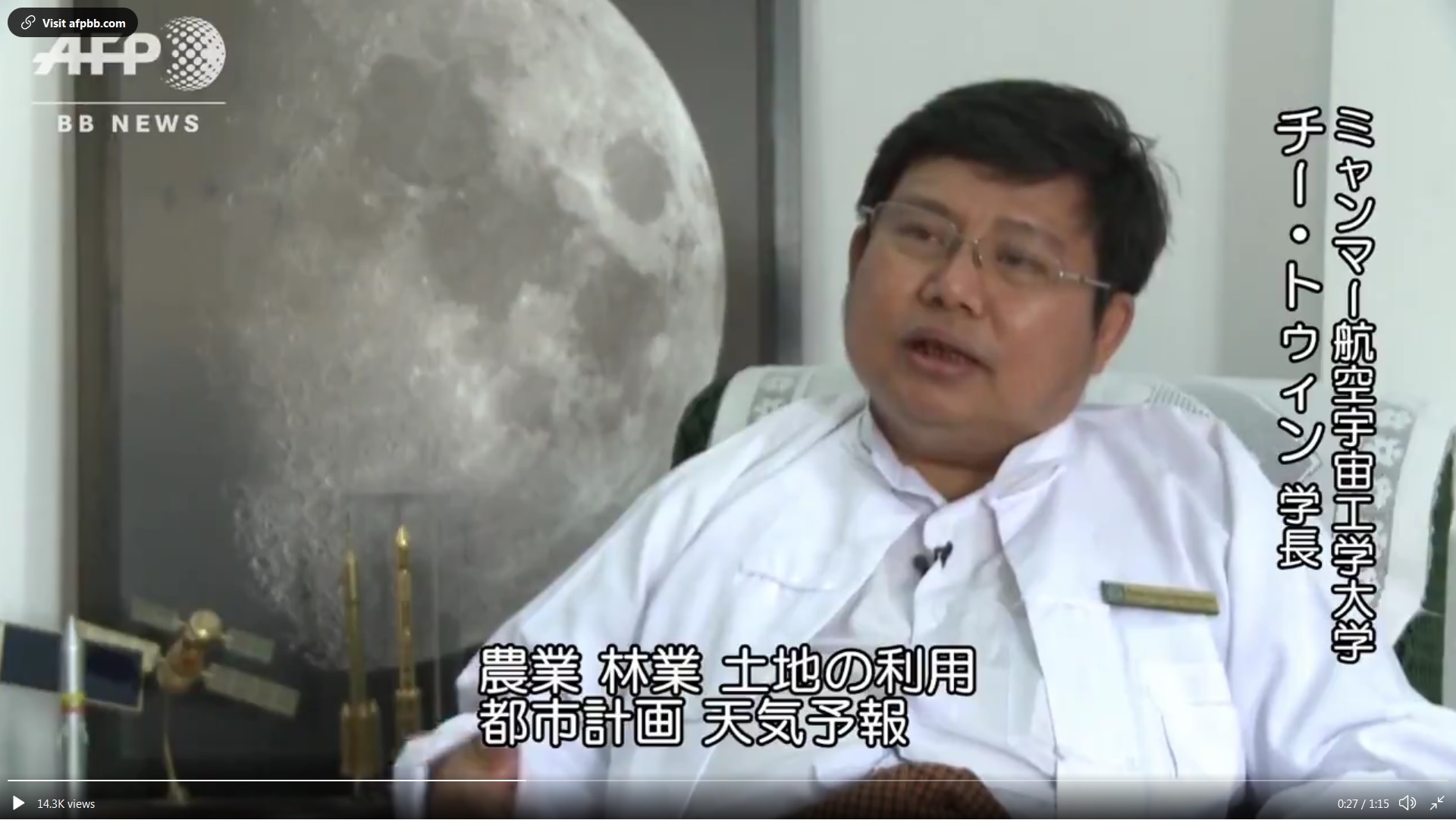Galactic Penguin SST
BANNED

- Joined
- Aug 10, 2017
- Messages
- 1,454
- Reaction score
- 1
- Country
- Location
Israel’s Second Lunar Mission Beresheet-2
Israel announces on 9th December 2020 that Beresheet-2 is going to head to the Moon in the first half of 2024.
It will include two landers, each of which will carry out experiments on the surface of the Moon, and an orbiter that will stay for several years.
Overall mass 630 kg at launch.
http://web.archive.org/web/20201210044639/https://twitter.com/TeamSpaceIL/status/1336656554502868992
https://archive.vn/IhvPf

https://archive.vn/8l26A/db190d07781e7372dfe7c295f6108389f5b95a67.jpg ; https://archive.vn/8l26A/4421002b21b8fed3f20ef39b375bf0adccd466c9/scr.png ; http://web.archive.org/web/20201210045658/https://pbs.twimg.com/media/EozB6ZLW4AQbmpR?format=jpg&name=large
▲ 1. 3D mini models of the Beresheet-2 Lunar Orbiter and Landers.

https://archive.vn/bbi4j/ad2b80dfc31e10b37a37b94eb3ec094f37ede68c.jpg ; https://archive.vn/bbi4j/5dd90063985114f24008d5249dc8c0740e4fa5ee/scr.png ; http://web.archive.org/web/20201210050131/https://pbs.twimg.com/media/EozB6ZMXcAAtXgX?format=jpg&name=large
▲ 2. Beresheet-2 Lunar Mission's conceptual arrangement.

https://archive.vn/hSt0s/424acb4287a074db0bcc7c32e0815c1405e90c04.jpg ; https://archive.vn/hSt0s/3f4057b9c76345a5a93c18a233b1e883e6c5ca41/scr.png ; http://web.archive.org/web/20201210050620/https://pbs.twimg.com/media/EoyyUrmWEAMVWmv?format=jpg&name=large
▲ 3. Lander with folded landing legs, and unfolded.

https://archive.vn/pCjXi/0efa8ae0058bf833952f7160aea3c3dc83913c13.jpg ; https://archive.vn/pCjXi/e2ffeb952e55304f620b691ff329e2661d84c178/scr.png ; http://web.archive.org/web/20201210051044/https://pbs.twimg.com/media/EoyzhevXYAAyMQX?format=jpg&name=360x360
▲ 4. Lander with folded landing legs.

https://archive.vn/Iod9M/670ee5820a9f533cf6b4cd8aa0ebbc97d1b7ad9c.jpg ; https://archive.vn/Iod9M/7112b765f15d1ee97eee5ec5118d161b4f0c3d05/scr.png ; http://web.archive.org/web/20201210051331/https://pbs.twimg.com/media/EoyziWuXYAEQVdZ?format=jpg&name=small
▲ 5. Lander with unfolded landing legs.
Commentary
By doubling the number of landers, the Israeli strategists think they have simply doubled the success probability. Or is it?
By dividing the available payload mass into 2, instead of having a single lander with more redundant and heavier hardened electronics, Israel has chosen to field two smaller landers each much more vulnerable to space radiations!
Time will tell whether this strategy was a colossal mistake!






Israel announces on 9th December 2020 that Beresheet-2 is going to head to the Moon in the first half of 2024.
It will include two landers, each of which will carry out experiments on the surface of the Moon, and an orbiter that will stay for several years.
Overall mass 630 kg at launch.
http://web.archive.org/web/20201210044639/https://twitter.com/TeamSpaceIL/status/1336656554502868992
https://archive.vn/IhvPf

https://archive.vn/8l26A/db190d07781e7372dfe7c295f6108389f5b95a67.jpg ; https://archive.vn/8l26A/4421002b21b8fed3f20ef39b375bf0adccd466c9/scr.png ; http://web.archive.org/web/20201210045658/https://pbs.twimg.com/media/EozB6ZLW4AQbmpR?format=jpg&name=large
▲ 1. 3D mini models of the Beresheet-2 Lunar Orbiter and Landers.

https://archive.vn/bbi4j/ad2b80dfc31e10b37a37b94eb3ec094f37ede68c.jpg ; https://archive.vn/bbi4j/5dd90063985114f24008d5249dc8c0740e4fa5ee/scr.png ; http://web.archive.org/web/20201210050131/https://pbs.twimg.com/media/EozB6ZMXcAAtXgX?format=jpg&name=large
▲ 2. Beresheet-2 Lunar Mission's conceptual arrangement.

https://archive.vn/hSt0s/424acb4287a074db0bcc7c32e0815c1405e90c04.jpg ; https://archive.vn/hSt0s/3f4057b9c76345a5a93c18a233b1e883e6c5ca41/scr.png ; http://web.archive.org/web/20201210050620/https://pbs.twimg.com/media/EoyyUrmWEAMVWmv?format=jpg&name=large
▲ 3. Lander with folded landing legs, and unfolded.

https://archive.vn/pCjXi/0efa8ae0058bf833952f7160aea3c3dc83913c13.jpg ; https://archive.vn/pCjXi/e2ffeb952e55304f620b691ff329e2661d84c178/scr.png ; http://web.archive.org/web/20201210051044/https://pbs.twimg.com/media/EoyzhevXYAAyMQX?format=jpg&name=360x360
▲ 4. Lander with folded landing legs.

https://archive.vn/Iod9M/670ee5820a9f533cf6b4cd8aa0ebbc97d1b7ad9c.jpg ; https://archive.vn/Iod9M/7112b765f15d1ee97eee5ec5118d161b4f0c3d05/scr.png ; http://web.archive.org/web/20201210051331/https://pbs.twimg.com/media/EoyziWuXYAEQVdZ?format=jpg&name=small
▲ 5. Lander with unfolded landing legs.
________________________
Commentary
By doubling the number of landers, the Israeli strategists think they have simply doubled the success probability. Or is it?
By dividing the available payload mass into 2, instead of having a single lander with more redundant and heavier hardened electronics, Israel has chosen to field two smaller landers each much more vulnerable to space radiations!
Time will tell whether this strategy was a colossal mistake!




















